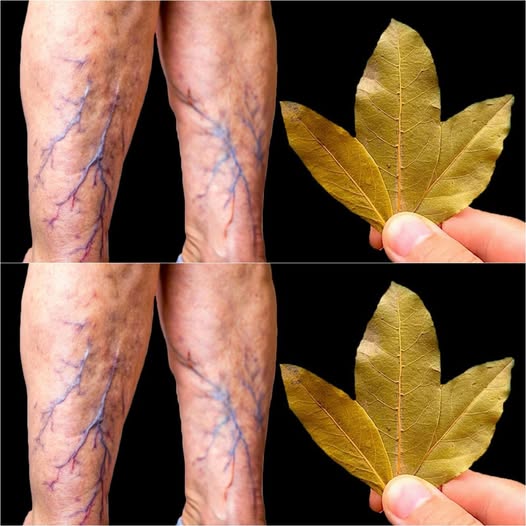No Flavor Transfer:
Bay leaves won’t affect the taste or smell of your dry goods. They simply deter bugs and mold naturally.
Use in Drawers Too:
Drop a few leaves into spice racks, drawers, or cabinets where you keep food—especially in warm or humid environments.
Keep It Dry:
Ensure containers are dry before storing goods. Moisture + warmth = pantry pests.
Variations
Use with Vacuum-Sealed Bags:
Add a leaf to vacuum-sealed storage of flour or beans before sealing.
Bay Leaf Sachets:
Wrap a few bay leaves in cheesecloth or a tea bag and toss them into pet food bins or closets to repel insects.
Boost the Protection:
Combine bay leaves with a few whole cloves for extra natural pest control.
FAQ
Why does this work?
Bay leaves contain compounds like eugenol and cineole that naturally repel insects like weevils, moths, and ants.
Will it work for sugar?
Yes, especially raw or brown sugar. Just make sure the container is tightly sealed and dry.
Is it safe to leave bay leaves in food containers?
Absolutely. Just remember to remove the leaf before cooking or scooping if it ends up in your portion.
How do I know when to replace them?
If the leaves lose their strong aroma or start to crumble, it’s time to replace them—usually every 2–3 months.
Want me to turn this into a printable kitchen cheat sheet or a visual infographic for sharing?



Yo Make również polubił
Baked Spaghetti and Meatballs: A Comforting Family Favorite!
Bero Parkin: A Traditional Yorkshire Ginger Cake
Ciasto z brzoskwiniami i kremem: wilgotny i pyszny deser
Vetkoek (Magwinya) Recipe